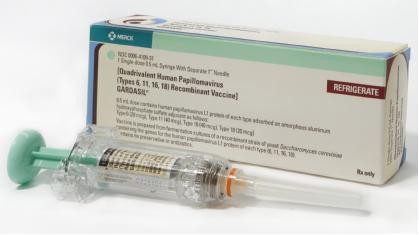
Robert Pear has an interesting front-page article today in the
N.Y. Times (
"Without Health Benefits, a Good Life Turns Fragile") on the growing phenomenon of employees and independent contractors whose arrangements don't include health insurance. The main focus is about a 50-year-old real-estate agent with Century 21, Vicki Readling, who makes about $60,000 but can't afford a health-insurance policy that is priced -- on account of her pre-existing diagnosis of cancer -- at $27,000:
[T]he uninsured are not necessarily the poor, the unemployed and the undocumented. Solidly middle-class people like Ms. Readling are one of the fastest growing subgroups.
And that is one reason, according to a recent New York Times/CBS News poll, that the problems of the uninsured have jumped to the top of the domestic political agenda in Washington and on the campaign trail.
Today, more than one-third of the uninsured — 17 million of the nearly 47 million — have family incomes of $40,000 or more, according to the Employee Benefit Research Institute, a nonpartisan organization. More than two-thirds of the uninsured are in households with at least one full-time worker.
The article offers a good illustration of the problems encountered by the uninsured.
To save money, Ms. Readling said, she defers visits to the doctor and stretches out her cancer medication, which costs her about $300 a month. She takes the tiny pills three or four times a week, rather than seven days a week as prescribed.
“I really try to stay away from the doctor because I am so scared of what everything will cost,” said Ms. Readling, who is divorced and has twin 18-year-old sons. Before every doctor’s visit and test, she asks, “How much are you going to charge me?” She says she tries to arrange “the best deals I can.”
But in many cases, the price is still unaffordable, and “I have to do without.”
Undertreatment and general mismanagement of chronic conditions will, in the long run, result in more expense, not less, but if short-term cash flow makes the cost of care prohibitively expensive, where's the safety net for patients like Ms. Readling? It doesn't exist.


















